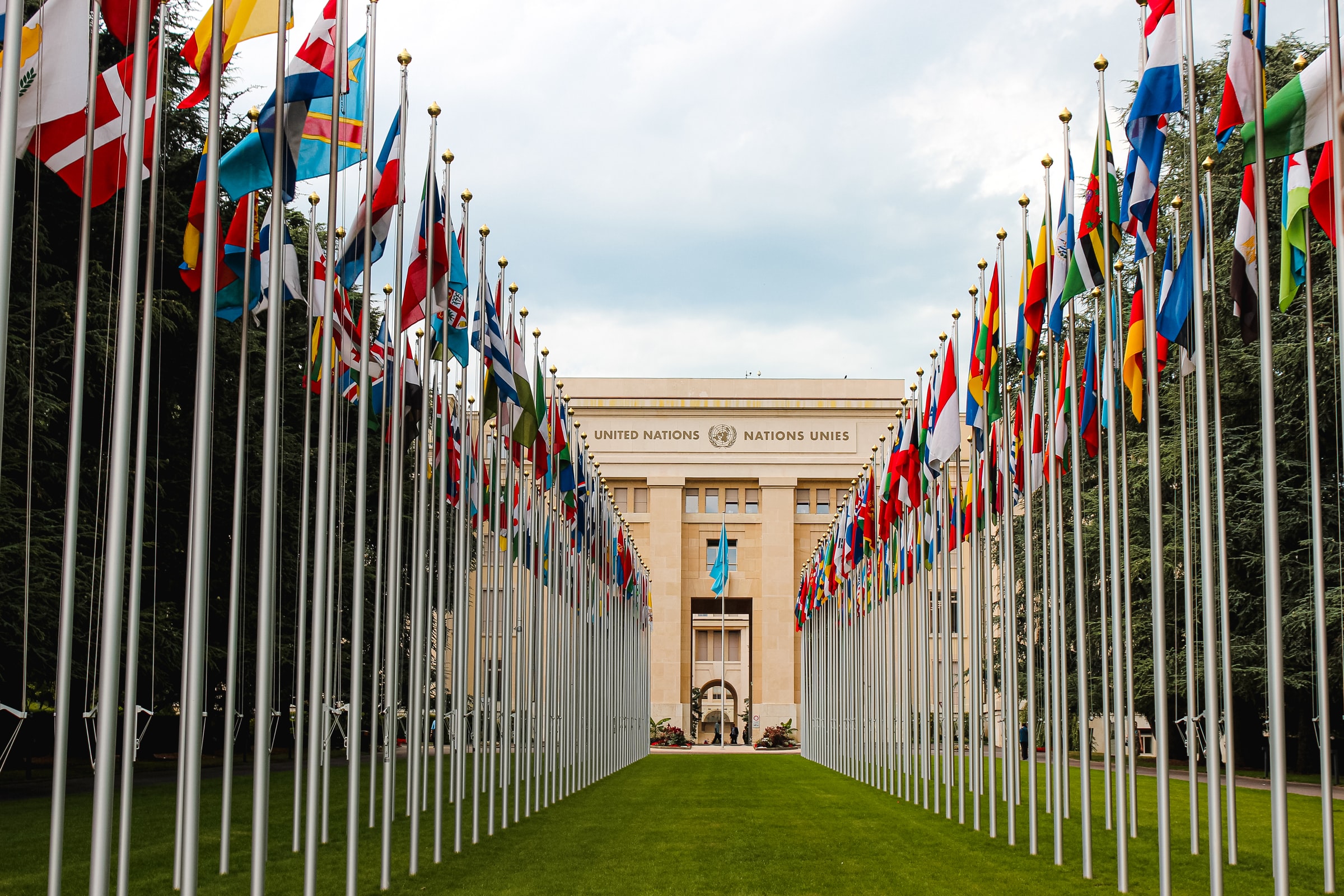As part of our Covenantal Pluralism series, Quentin Wodon writes about the role that education plays for pluralism. Drawing on the 2021 Global Catholic Education Report (report and video), Wodon cites the example and impact of Catholic education, and faith-based education more broadly, around the world.

Last month, I published the Global Catholic Education (GCE) Report 2021 on education pluralism, learning poverty, and the right to education. The report argues that faith-based schools are essential for education pluralism, and thereby for the fulfillment of the right to education. In this post, I explain why the report matters for (covenantal) pluralism. I also share some of the main findings from the report.
The GCE Report 2021 was launched within the context of efforts to achieve the fourth sustainable development goal (SDG4). The primary responsibility for fulfilling the right to education and achieving SDG4 rests with the state, but this does not mean that the state should be the sole provider of education, or that different types of education should not be available to children and their parents. Article 26 of the Universal Declaration of Human Rights includes a provision on the right of parents to choose the type of education that their children should receive. Most countries allow different education networks to operate as long as they follow reasonable requirements. And in quite a few countries, the state funds those networks, including faith-based schools (and universities). When multiple education networks with different worldviews operate, parents have a choice in terms of where to send their children to school. This, in essence, is what I refer to as education pluralism.
Many approaches to the concept of pluralism have been proposed in the literature, but a core idea is that it is more than mere coexistence or indifferent tolerance for various worldviews. It requires a frank, yet constructive dialogue between worldviews on issues confronted by communities, societies, or even the world. In discussing their own approach to pluralism, Stewart, Seiple, and Hoover suggest that two ‘conditions of possibility’ for (covenantal) pluralism are (1) freedom of religion and belief, and (2) religious literacy. Religious literacy itself requires individuals to understand not only their own belief system or faith tradition (including in terms of how it engages with other traditions), but also that of their neighbors.
Religious literacy is perhaps nowhere as important as in the education of children and youth. Engaging in school with other traditions or worldviews in a thoughtful way matters because the education received as a child plays such a crucial role in shaping attitudes later in life. In an ideal world, education systems would promote religious literacy. This would be done in two complementary ways. Firstly, schools would promote dialogue between worldviews in their own midst. Secondly, at the level of education systems, parents would be able within reasonable bounds to choose the type of school that their child will attend. Unfortunately, we do not live in an ideal world, and there is today little sympathy in the international community for the role that the private sector, including faith-based schools, may play towards fulfilling SDG4, fulfilling the right to education, and promoting pluralism.
What is measured gets done, the adage says, or at least gets attention. Therefore, apart from arguing in favor of education pluralism, emphasis is placed in the GCE Report 2021 to provide simple measures of education pluralism together with indices of the fulfillment of the right to education that take pluralism into account. The measure of pluralism that I propose in the GCE Report 2021 is inspired from the literature on market concentration. A normalized education pluralism index is computed as one minus the Herfindahl-Hirschman index with an additional normalization to ensure that the index takes on a value between zero and one based on the number of education providers for which data are available. When one or few providers have a very large market share, education pluralism is lower. Education pluralism is thus measured “ex post”—looking at what type of education students actually receive, as opposed to “ex ante” on the basis of an assessment of whether laws and regulations are conducive to pluralism. In addition, a set of indices for the fulfillment of the right to education are provided. These indices combine data on educational outcomes with the proposed measure of education pluralism.
These various measures are not perfect, and data to estimate them globally are limited (at the country level, more detailed work can be done). But the hope is that the proposed measures will help in showing how different countries are doing with respect to education pluralism, not just in terms of legal frameworks but also in terms of where students actually enroll, and why this matters. Details on the new measures are provided in a set of two papers forthcoming in the summer 2021 issue of the Review of Faith & International Affairs and in the GCE Report 2021 which builds on these articles.
Beyond proposing and estimating these new measures, the GCE Report 2021 notes that in 2018, the latest year for which data are available, 62 million children were enrolled in Catholic K-12 (pre-primary, primary, and secondary) schools globally, with in addition more than 6 million students enrolled in Catholic higher education. Over the last four decades, enrollment in Catholic schools has been growing rapidly on the African continent, which now accounts for 55.3% of all students in Catholic primary schools in the world. Globally, according to the World Bank classification of countries, seven in ten students in Catholic primary schools live in low and lower-middle income countries (40.9% in low income and 29.7% in lower-middle income countries). By contrast, Catholic higher education remains concentrated in upper-middle and high income countries, as is the case for other universities.
The Catholic Church is responding to the rising demand for education in the global south. In sub-Saharan Africa, 11.0% of all primary school students are in a Catholic school. In low income countries, the proportion is 13.7%. The fact that Catholic primary schools serve proportionally more students in low income countries is good news for the mission of the Church to serve the poor. Schooling is not enough however: we must also ensure that children are learning. In low- and middle-income countries, 53% of all 10-year-olds (those in schools and those out of school) cannot understand an age-appropriate text. Efforts are needed in Catholic schools as well as in other schools to improve learning outcomes.
The report also notes that Catholic schools and universities aim to educate towards fraternal humanism. They are responding to Pope Francis’ call for a Global Compact on Education, and seek to place their projects in a culture of dialogue and in the spirit of the education village. Yet today, their ability to continue to respond to the aspirations of students and parents is threatened by the pandemic, especially in countries where they do not get support from the state. In the United States, the pandemic led to the largest decline in enrollment in Catholic K-12 schools in 50 years. Supporting faith-based education, including Catholic education, at times of crisis is essential to protect education pluralism. It also makes economic sense. Estimates for 38 countries suggest that, for example, Catholic schools and universities generate annual budget savings for these states of more than $100 billion (in purchasing power parity, see for example the estimate for schools). The long-term cost of not supporting Catholic education when they need support may be larger than the cost of support.
Note: This essay was written by the author on a purely personal basis as part of his volunteer work. It may not necessarily reflect the views of his employer. This piece gives the views of the author, and not the position of the LSE Religion and Global Society blog, nor of the London School of Economics.





